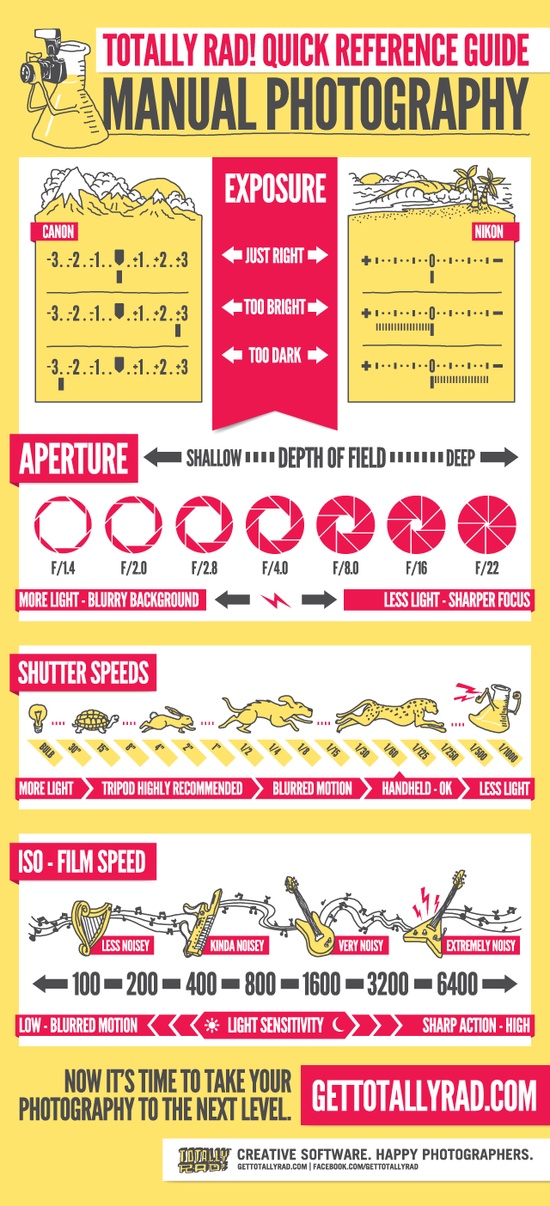Photography Tips For Beginners: Understanding Your Camera In A Snap
Photography Tips For Beginners: Understanding Your Camera In A Snap
Blog Article
Recommended Internet site -Lyons Fuentes
When you first grab your electronic camera, it can feel frustrating with all the settings and options offered. You might find yourself questioning just how to browse aperture, shutter speed, and ISO efficiently. Mastering these principles is important, but there's even more to photography than just technical knowledge. Recognizing composition methods and illumination problems can boost your photos substantially. So, what happens if you could discover simple techniques to improve your abilities and start catching impressive photos quicker than you assume? Let's discover how to transform your photography journey.
Comprehending Camera Setups
Understanding your electronic camera setups is important for recording spectacular photos. When you grab your cam, familiarize yourself with the three major setups: aperture, shutter speed, and ISO. Each plays an essential function in how your photos end up.
Begin with aperture, which controls the quantity of light entering the lens. A bigger aperture (lower f-number) lets in extra light and creates a lovely background blur, best for portraits. On the other hand, a narrower aperture (greater f-number) keeps more of the scene in focus, ideal for landscapes.
Next, focus on shutter speed. This setup identifies how much time your camera's sensor is exposed to light. A rapid shutter rate ices up activity, which is excellent for action shots, while a slow-moving shutter speed can develop sensational results like smooth water in landscapes.
Finally, adjust your ISO. This setting impacts your camera's sensitivity to light. A higher ISO serves in low-light scenarios yet can introduce noise or grain. Go for the lowest ISO possible while still accomplishing appropriate exposure.
Composition Techniques
When you're out shooting, structure can make all the difference in exactly how your photos reverberate with audiences. Begin by utilizing the guideline of thirds; imagine your frame divided right into 9 equal areas with 2 horizontal and 2 vertical lines. Position key elements along these lines or at their crossways to develop equilibrium and interest.
Next, think about leading lines. These natural lines in your scene, like roads or rivers, attract the customer's eye into the photo, guiding them with the story you're informing.
Do not forget framing; usage elements within your scene, like trees or home windows, to produce a structure around your subject, adding deepness and emphasis.
Likewise, watch on your history. A cluttered history can distract from your primary subject, while an easy one helps it stick out.
Lastly, trying out balance and patterns; they can develop a striking image that catches interest.
Learning Lighting Issues
Understanding lighting conditions is essential for catching spectacular pictures, as the right light can transform a normal scene into something amazing.
Start by observing all-natural light at different times of the day. Mornings and late afternoons supply the most effective light, called the gold hour. The soft, warm tones throughout these times can improve your images beautifully.
Don't shy away from cloudy days either; diffused light can decrease rough darkness and produce a pleasing result, specifically for pictures.
Explore backlighting by placing your topic against the source of light. This method can create a dreamy halo impact and include depth to your images.
Take note of your camera settings also. Readjust Photography companies near me , aperture, and shutter speed to match the lights problems. A greater ISO can assist in reduced light, however be cautious of grain.
Utilize https://writeablog.net/pablo0736loan/discovering-the-world-with-the-lens-traveling-photography-basics in darker settings to avoid blur.
Lastly, do not fail to remember synthetic lighting. Flash and constant lights can be wonderful tools for managing light in challenging problems.
Verdict
Finally, grasping your video camera doesn't need to be overwhelming. By understanding your settings, using composition strategies, and taking advantage of the power of natural light, you'll promptly boost your photography skills. Bear in mind, exercise makes ideal, so get out there and explore your newly found knowledge. With time and devotion, you'll be recording spectacular pictures that show your unique perspective. Appreciate the trip, and don't forget to enjoy while you're at it!
